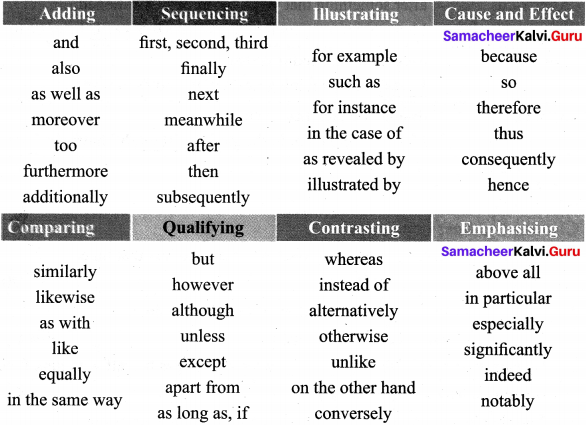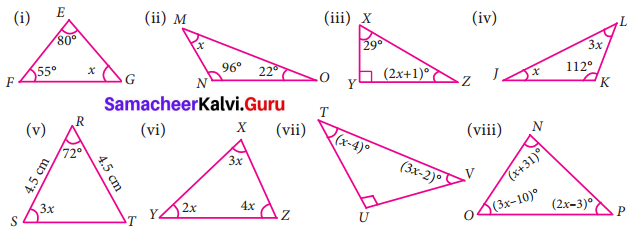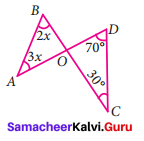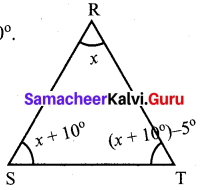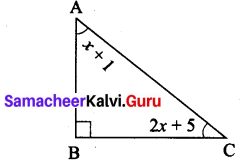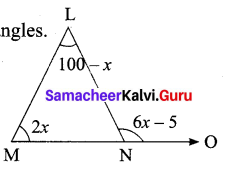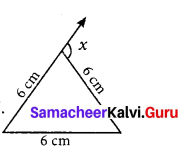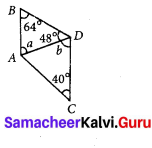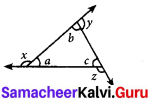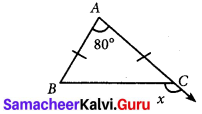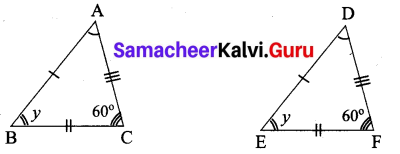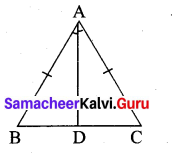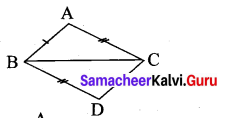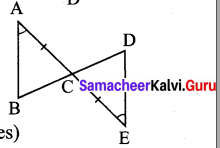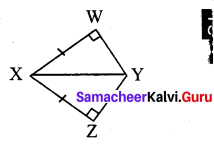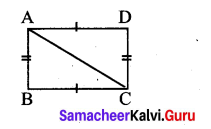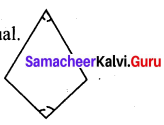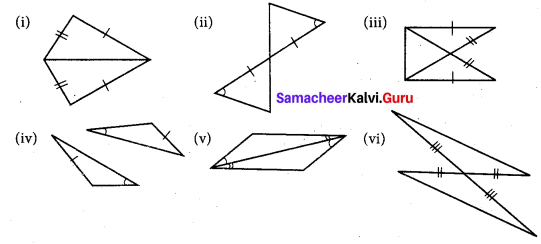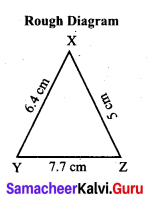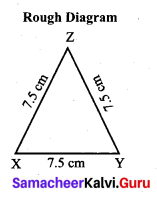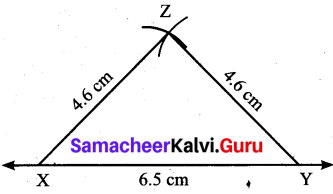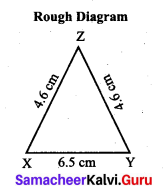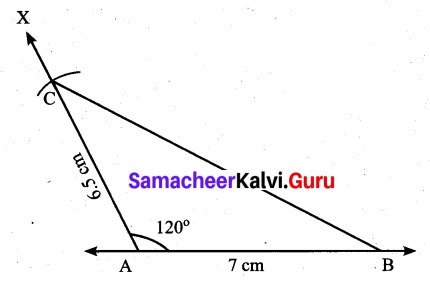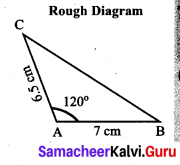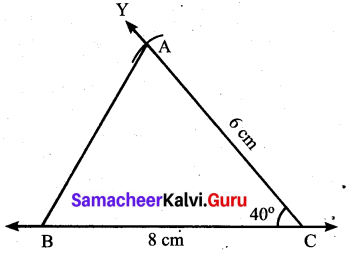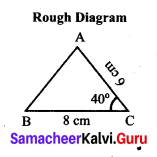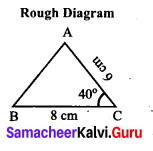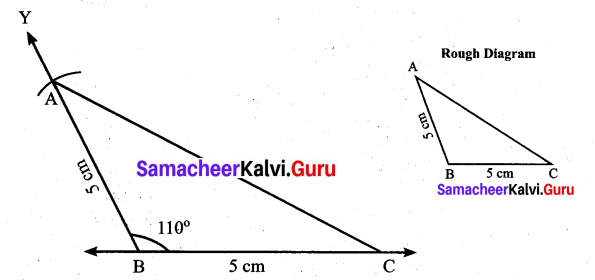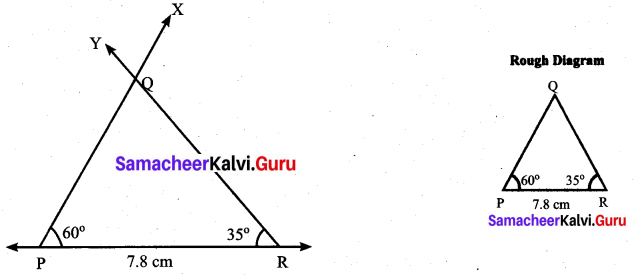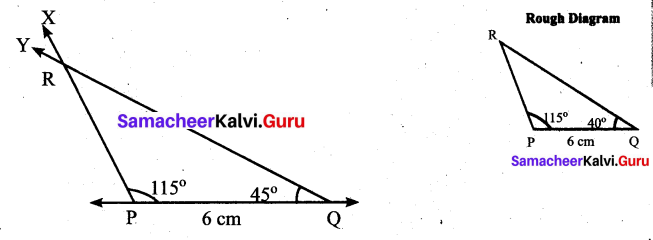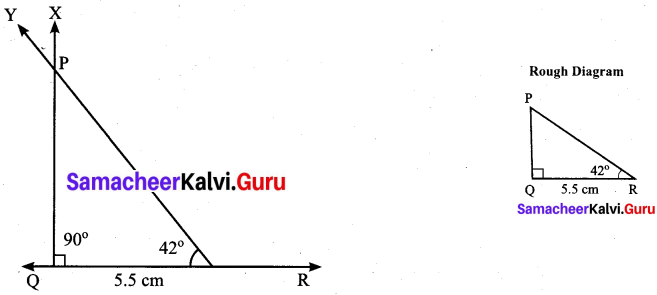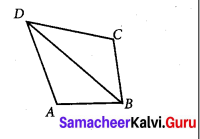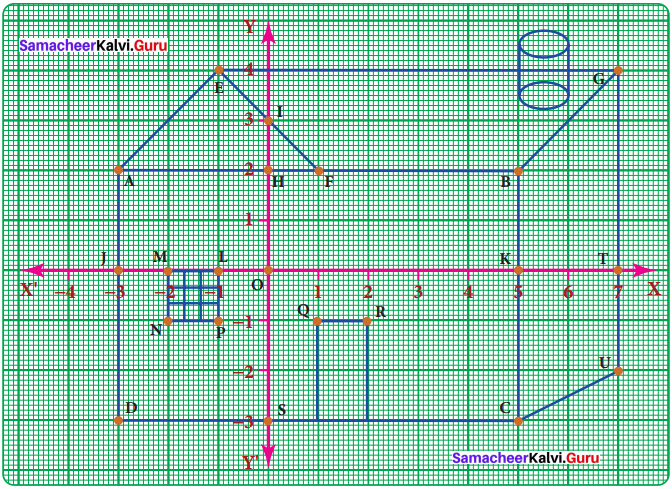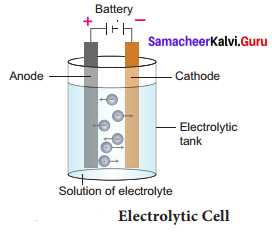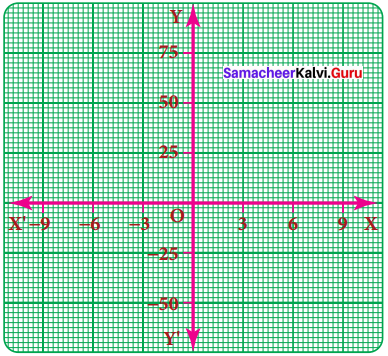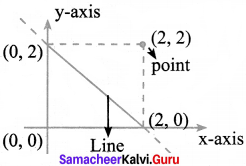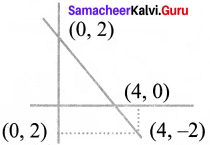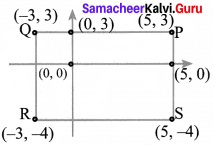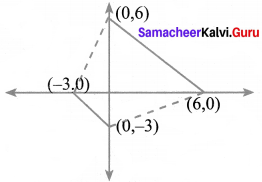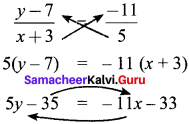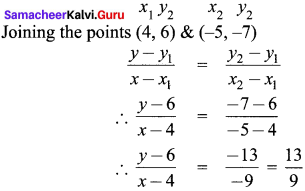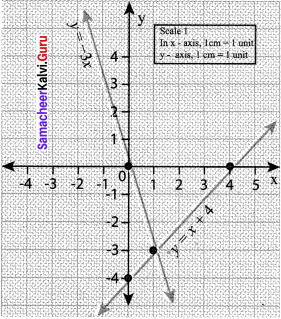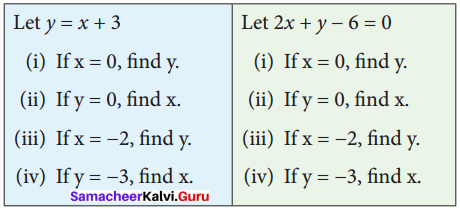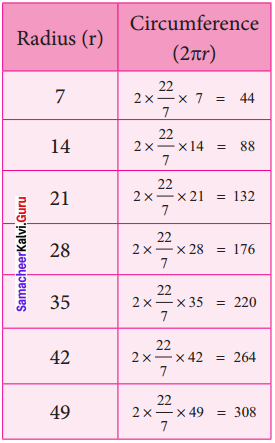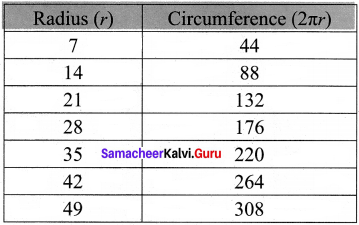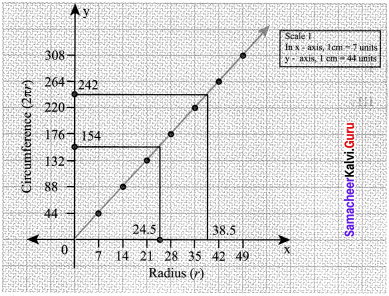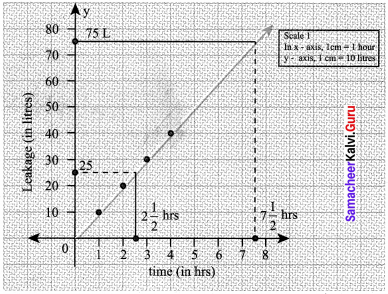You can Download Samacheer Kalvi 9th English Book Solutions Guide Pdf, Tamilnadu State Board help you to revise the complete Syllabus and score more marks in your examinations.
Tamilnadu Samacheer Kalvi 9th English Grammar Punctuation
Punctuation refers to the specific markings, signs and symbols that are used in and around sentences to give them structure and to allow for correct understanding and comprehension.
- While writing prose or poetry, we use certain signs to mark the stages of reading. They are called punctuation marks.
- The main purpose of the Punctuation mark is to make the meaning of a sentence clear to the reader.
- Punctuation means the right use of different marks like Full–stop, Comma, Semicolon, Colon, Question Mark…in a written sentence.
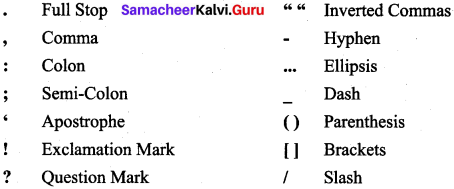
![]()
Punctuation Marks
1. Full Stop
- Full stop is used to mark the end of a Statement or an Imperative sentence.
Ex:
Time is Gold. (Statement)
Get me a glass of water. (Imperative) - After an initial (first Letter of a person ‘s name)
Ex:
S. Raman
M. Renu
2. COMMA
- To indicate a pause while reading.
Ex:
God willing, we will meet again. - To separate words in a list. (The last two items are separated by and)
Ex:
Health, wealth and peace to together.
He visited Kerala, Tamil Nadu, Gujarat and Kashmir. - To separate the actual words spoken, from the rest of the sentences.
Ex:
Mala said, “I am writing a letter.” - To mark off certain words like No, Yes prefixed to a sentence.
Ex:
Yes, I come. No, I don’t come. - To break up group of numbers into tens, hundreds, thousands and lakhs.
Ex:
1,25,500 - After salutation in letters.
Ex:
Dear Sir, Dear Kannan, - To separate the date and month from the year.
Ex:
1st January, 2005 22nd June, 1969
3. SEMICOLON
- The semicolon represents a pause greater than that indicated by the comma.
Ex:
Uma came quickly; she ate in a hurry she went out. - The comma separates individual items. A semicolon separates groups of items.
Ex:
In the children’s room were toys, books, balls and colour pencils; in the kitchen were pots, pans, vegetables, and fruits; and the library had books, charts and maps.
4. COLON
- The colon shows a shorter pause than a full stop, but a longer pause than a semicolon.
Ex:
The three great books are: the Ramayana, the Mahabharata and the Gita.
The days of the week are: Sunday, Monday, Tuesday, Wednesday, Thursday, Friday and Saturday.
![]()
5. APOSTROPHE
- To indicate the omission of a letter or letters when two words are joined.
Ex:
I’ve → I have I’m → I am Don’t → Do not won’t → will not - Apostrophe is used with s– to give the meaning belongs to. (Possessiveness)
Ex:
Ramu’s book → The book belongs to Ramu. - To indicate the plural of figures and letters.
Ex:
5’s Your 3’s and 8’s look alike.
6. QUESTION MARK
- To end the interrogative sentence.
Ex:
What is your name?
How old are you?
Are you interested in Maths? - To mark off question tag.
Ex:
Pass the salt, will you?
I am not angry, am I?
7. EXCLAMATION MARK
- After interjections.
Ex:
Ah! Hurrah! Alas! Oh! Hush! - After exclamatory phrases.
Ex:
Well done! Miserable man! - After exclamatory sentences.
Ex:
What a useful tree the coconut is!
How cunning the fox is!
8. QUOTATION MARKS
- Single quotation marks or inverted commas are generally used in British English.
Ex:
‘Help! I’m drowning!’ - In American English, double quotation marks are used.
Ex:
“Help! I’m drowning!” - To mark the exact words of a speaker without any change.
Ex:
Rama said to Rahim, “Where are you going?”
9. CAPITAL LETTER
- To begin a sentence.
Ex:
They are playing cricket. - To begin each line of poetry.
Ex:
If you can dream and not make dreams your master.
If you can think and not make thoughts your aim. - For all proper nouns and adjectives derived from them.
Ex:
India, Indian. - To begin the names and surnames of persons, rivers, countries, cities, mountains, roads, buildings, days of the week, months, books, newspapers, magazines, communities, political parties.
Ex:
Raj, Cauvery, India, Trichy, Everest, Grand trunk road, The Hindu, Sunday…
![]()
10. HYPHEN
- It is used to join up words or syllables.
- To link pairs of words used as single words or group of words.
Ex:
home–work, father–in–law, co–operative, two–third.
Exercises
Punctuate the following :
1. On the drive, he would tell me dont waste your time playing insane games with these kids
Answer:
On the drive he would tell me, “Don’t waste your time playing insane games with these kids.
2. “Bow, wow, wow!” wagging his tail violently.
Answer:
“Bow, wow, wow!” wagging his tail violently.
3. Steady old pal weve been through bad things before and come out safely.
Answer:
Steady, old pal! We‘ve been through bad things before and come out safely.
4. do you want to buy it
Answer:
‘Do you want to buy it?’
5. only three years she smiled
Answer:
‘Only three years,’ she smiled.
6. I used to climb the jackfruit tree he said opening his eyes
Answer:
‘I used to climb the jackfruit tree,’ he said, opening his eyes.
7. She said where did you find it
Answer:
She said, “Where did you find it?”
8. A human how could a human be a teacher
Answer:
“A human? How could a human be a teacher?”
9. Oh Jim i’m scared
Answer:
Oh, Jim, I’m scared!
10. she is alive someone said
Answer:
“She is alive!” someone said.
![]()
11. Hey wait a minute, ’ pongo shouted.
Answer:
‘Hey! Wait a minute,’ Pongo shouted.
12. tom what on earth ails that cat
Answer:
‘Tom, what on earth ails that cat?’
13. Im a grizzly from alaska and Ive come to stay.
Answer:
“I’m a grizzly from Alaska and I‘ve come to stay.
